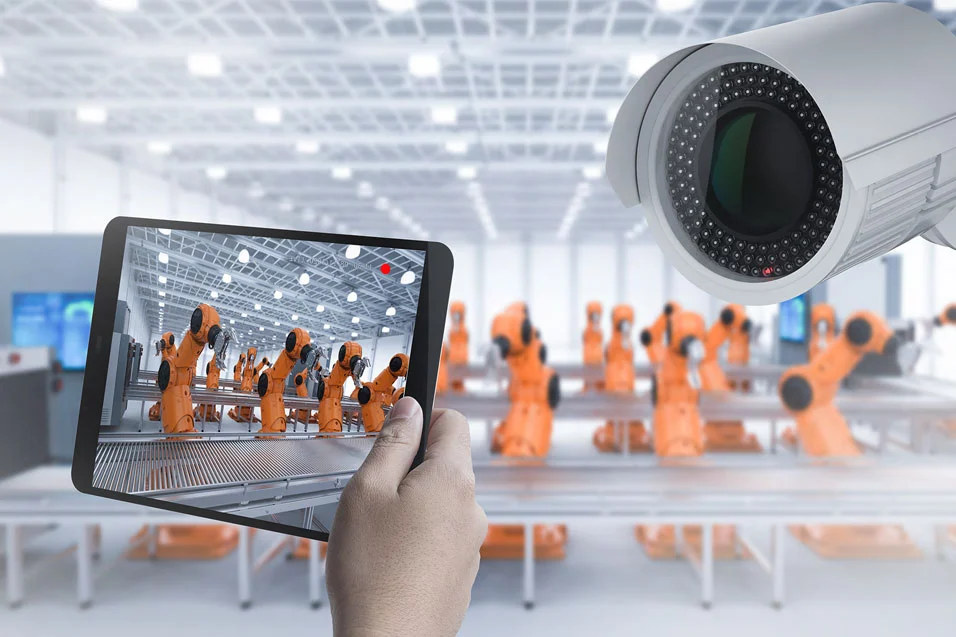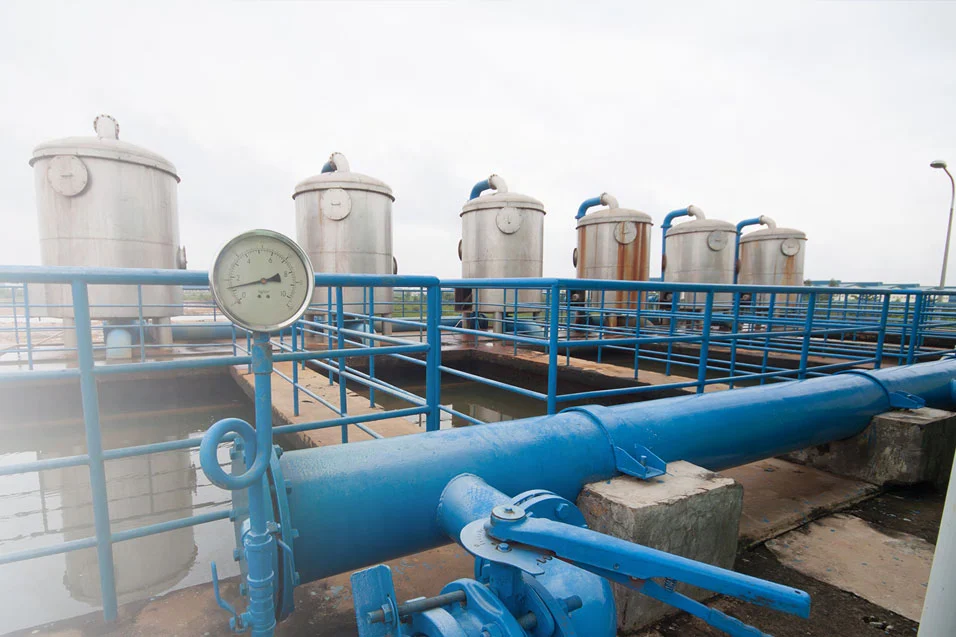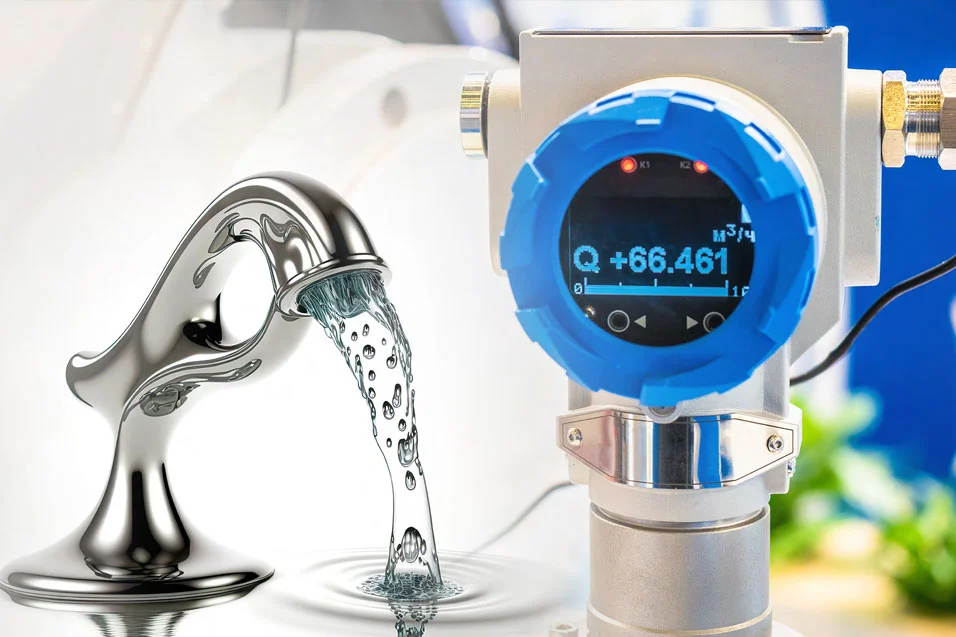According to a recent report By GlobeNewswire, the global market for automated testing equipment is expected to cross USD 9.01 billion at a 4.50% CAGR by 2030, and the avionics industry is one of the largest contributors. When a product had very few components, testing them manually was not difficult. However, today’s advanced products with rising complexity require a more versatile testing system. The solution is an ATE that provides accuracy, precision, and automation in the testing process to allow high volume quality control.
Automatic Test Equipment (ATE)
Automatic Test Equipment is an integrated system that brings automation to the testing of systems, modules, devices, and products. It is generally used to control and monitor the operation of a device, verify compliance, and detect and reduce risks. The aerospace industry is more reliant on automatic test equipment to enhance testing accuracy, efficiency, and reliability. ATE is an integral part of modern electronics as it reduces the time and effort required to test the devices. The devices whose attributes are under test by ATE are known as the Device Under Test (DUT), Unit Under Test (UUT), and Equipment Under Test (EUT).
The ATE system collects significant data by creating a number of simultaneous connections with the equipment under test to determine the functional status of the device. In test automation, software programs and operating procedures are used to document, analyze, and control the testing cycle and help in its efficient and consistent performance. ATE controls operation, records, and stores the findings and forms a consolidated report.

Components of Automated Testing Equipment
Test Head
The test head serves as a bridge connecting the ATE and the device under test. It interacts with the device by forming electrical connections or by executing physical measurements. It assumes a vital role in safeguarding the device, and its test head design is versatile enough to accommodate a wide variety of devices, spanning various types and sizes, ranging from small surface-mount components to large PCBs.
Prober
The prober acts as an intermediary connecting the device and the test head. It establishes a secure and stable connection between these components while also ensuring the accuracy and repeatability of test results.
Test Electronics
The test electronics component’s role includes driving the device and measuring its responses, involving intricate electrical circuits such as analog-to-digital converters, digital-to-analog converters, and power amplifiers. It accurately generates the signals required to test the device and measures real-time responses.
Computer
The computer functions as the ATE system’s central processing unit, boasting exceptional processing speed and the capacity to manage vast quantities of data. It coordinates all the testing processes. This component also handles test sequences, collection, and analysis of data, stores the test result, and provides valuable insights from it.
User Interface
The user interface offers diverse interaction methods for the system and the operator, facilitating configuration of test parameters and management of the test sequence by the operator.
Power Supply
In the ATE system, the power supply is the paramount component. It provides electric power to the test device and generates a wide range of current and voltage levels, maintaining stability and accuracy. It also protects the device from overvoltage or overcurrent conditions.
Data Acquisition System
The data acquisition system captures and archives the complete dataset generated throughout the testing procedure, with the capacity to manage vast volumes of data and process it in real-time. It also stores test results for future analysis.
Data Analysis Software
The data collected during the testing process undergoes analysis using data analysis software. It processes, interprets, and presents the data and provides the required insights. It determines patterns, trends, and defects that may impact the device’s performance, enabling informed decision-making.
Benefits of using ATE
Automatic Test Equipment has brought the ultimate revolution to the electronics system testing and measurement industries. It offers an extended range of benefits, like ensuring the reliability and quality of the electronics systems.
Accuracy
The ATE system automates the whole testing process by reducing human intervention, leading to increased accuracy of the test results. Advanced software and hardware are employed to guarantee consistency and repeatability in the testing process, as well as to ensure the accuracy and reliability of outcomes. So, it is convenient for manufacturers to detect issues early.
Efficiency
As ATE operates automatically, it is faster and more efficient. It possesses the capability to efficiently handle extensive data volumes, thereby diminishing the time needed to complete a test cycle. Additionally, the ATE system can concurrently conduct tests on multiple devices. This helps to test a larger number of devices in a single test cycle. This makes the ATE system more efficient.
Cost-Effective
As the ATE system can be programmed to perform specific tests, it reduces the need for manual labor intervention in the testing process, thereby reducing the most significant cost.
Better reporting
The ATE system provides a detailed testing report that helps identify trends and flaws in the testing and manufacturing processes. This report helps make informed decisions and identify improvement areas.
Automated Testing Equipment in Aerospace Industry
In the aerospace industry, safety is a crucial parameter. Thus, the presence of a dependable and cutting-edge testing system is of utmost importance. Since the aircraft involves a combination of systems ranging from communication, navigation, and military applications, there is a need to test each electronic system to ensure safety and quality.
Specialized data acquisition software, like the National Instruments Automated Test Software Suite, is utilized by the master controller, a high-performance computer, to control the instruments and signal sources at the test station. The master controller has lots of PCIe ports, which help insert sensor expansion cards or connect PCIe-based signals. This card allows data acquisition to perform DUT, UUT, and EUT.
With the help of the master controller’s signal source and test software, the test instruments monitor, analyze, and store the captured data. The insights from the study of the data are used to determine whether changes to the system are needed and whether it is ready to go to an end user.
The ATE system is capable of testing an array of signals to test ground-based radar systems. It can also simulate upcoming threats to test the radar’s performance. The ATE system has the ability to test every component, whether it is digital or analog.
eInfochips has over 25+ years of experience in providing end-to-end device engineering solutions. eInfochips has been serving many aerospace manufacturing players and has been part of several achievements. eInfochips developed a full-fledged Automated Test Equipment (ATE) for an aerospace client consisting of software, hardware, and other integrations that could simulate actual flight conditions. The ATE developed by eInfochips helped reduce testing time for the client by 90 percent, which further helped minimize manual efforts and maintenance costs.
To know more about our related offerings, please contact us at marketing@einfochips.com















